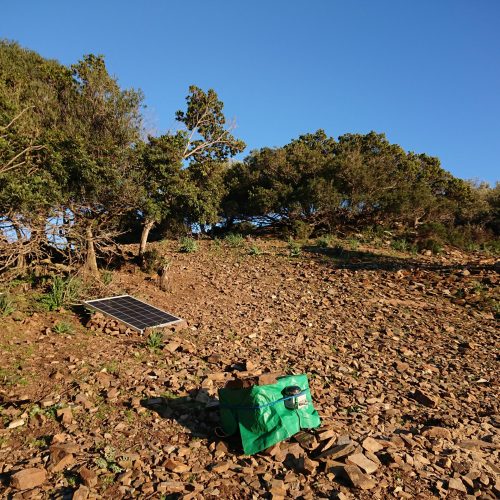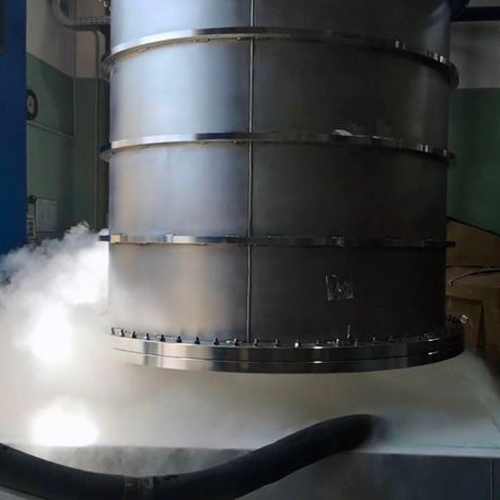The Italian history in gravitational wave research began in 1970, when studies for the first experiments kicked off, thanks to the work of the Roman group of Edoardo Amaldi and Guido Pizzella on so-called resonant antennas at very low temperatures. In the 1990s, the Auriga antennas at the INFN Legnaro National Laboratories and Nautilius at the INFN Frascati National Laboratories began operating. These instruments were not yet sensitive enough to pick up the very weak vibrations of space-time. In the mid-1980s, the Italian Adalberto Giazotto and Frenchman Alain Brillet had begun studying the development of a new class of experiments based on a completely different detection technique: laser interferometry. Thus, the Virgo project was launched in Italy, joined by the LIGO project in the United States. In 2000, the INFN and the French CNRS founded the European Gravitational Observatory (EGO) near Pisa to house and manage the project, while the detector would become fully operational in 2007. A decade later, thanks to major upgrades to the Virgo and LIGO interferometers, for the historic gravitational wave discoveries to come to fruition, in 2015.
The success of these achievements underlined how crucial the development of a new generation of gravitational observatories is now to move beyond the limits of current instruments. This is the purpose of the Einstein Telescope project: build an observatory in Europe capable of ‘listening’ to the cosmos up to eras very close to the big bang. The scientific undertaking, therefore, continues and Italy’s contribution will be crucial.
There are many geological reasons why the Sos Enattos area is an ideal place for the ET activities. Seismic noise, which affects detector performance at low frequencies, is very low due to the geological characteristics of Sardinia. Sardinia is, in fact, a microplate, i.e., a detached portion of the Eurasian plate that is not connected to the most active tectonic zones. Thus, the region is not affected by crustal deformation phenomena or seismicity and volcanoes. In fact, it is a stable and solid area, characterised by rock masses that are ideal for safely building the underground spaces that will constitute the ET laboratory. Moreover, the limited presence of groundwater in the area reduces the possibility of seepage or seismic and Newtonian noise.
Finally, in the area around Nuoro, between the municipalities of Bitti, Lula and Onanì, there are large expanses of rural areas with very low population density and, therefore, limited anthropogenic and industrial activity.
All this makes the Sos Enattos site the ‘silent’ environment that ET needs, to operate protected and insulated from the ‘noise’ that would compromise its measurements.
The SAR-GRAV Laboratory. The former Sos Enattos mine is already a place for scientific research: since 2019, it hosts the SAR-GRAV laboratory with the Archimedes experiment. Funded by the Sardinia Region, the SAR-GRAV laboratory was established under a Programme Agreement between the Sardinia Region and the University of Sassari, the INFN, the National Institute for Geophysics and Volcanology (INGV), the University of Cagliari, and IGEA S.p.A., the company that manages the mine. The aim of the project is to build a facility with low seismic and anthropogenic noise dedicated to research on gravitational waves, gravitational physics, and geophysics. SAR-GRAV is currently hosting and supporting the site’s seismic analysis activities for its candidacy.
Archimedes is an INFN-funded fundamental physics experiment that searches for small weight variations induced by quantum fluctuations. The experiment needs an environment in which external seismic factors do not influence the measurement: hence the decision to install it in the SAR-GRAV laboratory. However, Archimedes is also working for the ET, verifying the suitability of the Sos Enattos site. Thanks to its extreme sensitivity, Archimedes will develop a detailed profile of the environmental and anthropogenic disturbance of the area of the former mine.








